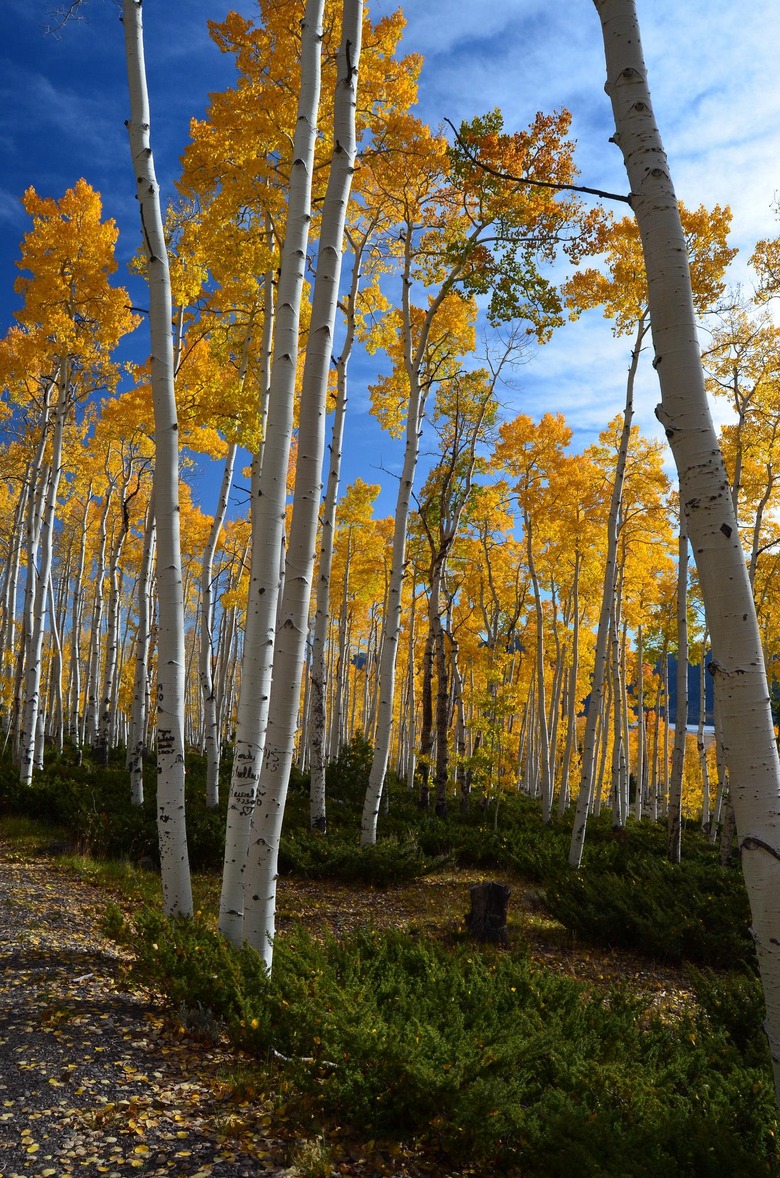The biggest organism on Earth is dying
It may look like a simple forest, albeit a huge one, but the Pando aspen clone is actually one vast organism, and the bad news is that it's dying. Spread across more than 100 screws in Aspen, the forest – also known as "the Trembling Giant" – is in fact all interconnected by a single root system, and has lasted for thousands of years.
Indeed it's unclear exactly how far back the Pando actually dates. Still, it's believed to be the largest living organism on Earth, weighing in collectively at 6,600 tons. The root system along is believed to be around 80,000 years old, feeding around 47,000 genetically-identical aspen trees.
According to a new study, however, it has not been growing for the past 30-40 years, and humans may well be to blame. Led by Paul Rogers, of the Western Aspen Alliance, Wildland Resources Department and Ecology Center at Utah State University, and Darren McAvoy, of the Forestry Extension and Wildland Resources Department at the university, it explores the knock-on impact human decisions can have.

It's not humans cutting down trees or encroaching on the Trembling Giant's space. Instead, the researchers blame deer and cattle grazing in the area for being particularly problematic. Campgrounds and roads around the area have also added to the issue, as have fire suppression activities and drought.
The role humans play in controlling numbers and movement of animals is key, the study's authors insist. For example, some areas of the forest have been fenced, but deer are able to jump over the barriers. Other parts have been less thoroughly barricaded completely.
Meanwhile changes in hunting regulations have led to greater populations of species like mule deer. The fear is that, should the Pando aspen clone continue to struggle and eventually die, a whole ecosystem of dependent biodiversity will subsequently perish.
"Aspen communities in many locations in North American and Europe are impacted by unchecked herbivory," the research suggests. "The Pando clone presents a unique opportunity for understanding browse mechanisms in a forest where tree genotype, closely aligned with growth and chemical defense, is uniform."
There's some good news, however. The study also found that not all of the protective measures being employed were readily overcome by the deer and other herbivores. That could set out a better approach for supporting the forest, and hopefully pave the way for a recovery.
Whatever that ends up being, it'll need to be more comprehensive and joined-up than just stringing new fences around at-risk areas. "While Pando has likely existed for thousands of years," Rogers says, "it is now collapsing on our watch. One clear lesson emerges here: we cannot independently manage wildlife and forests."
